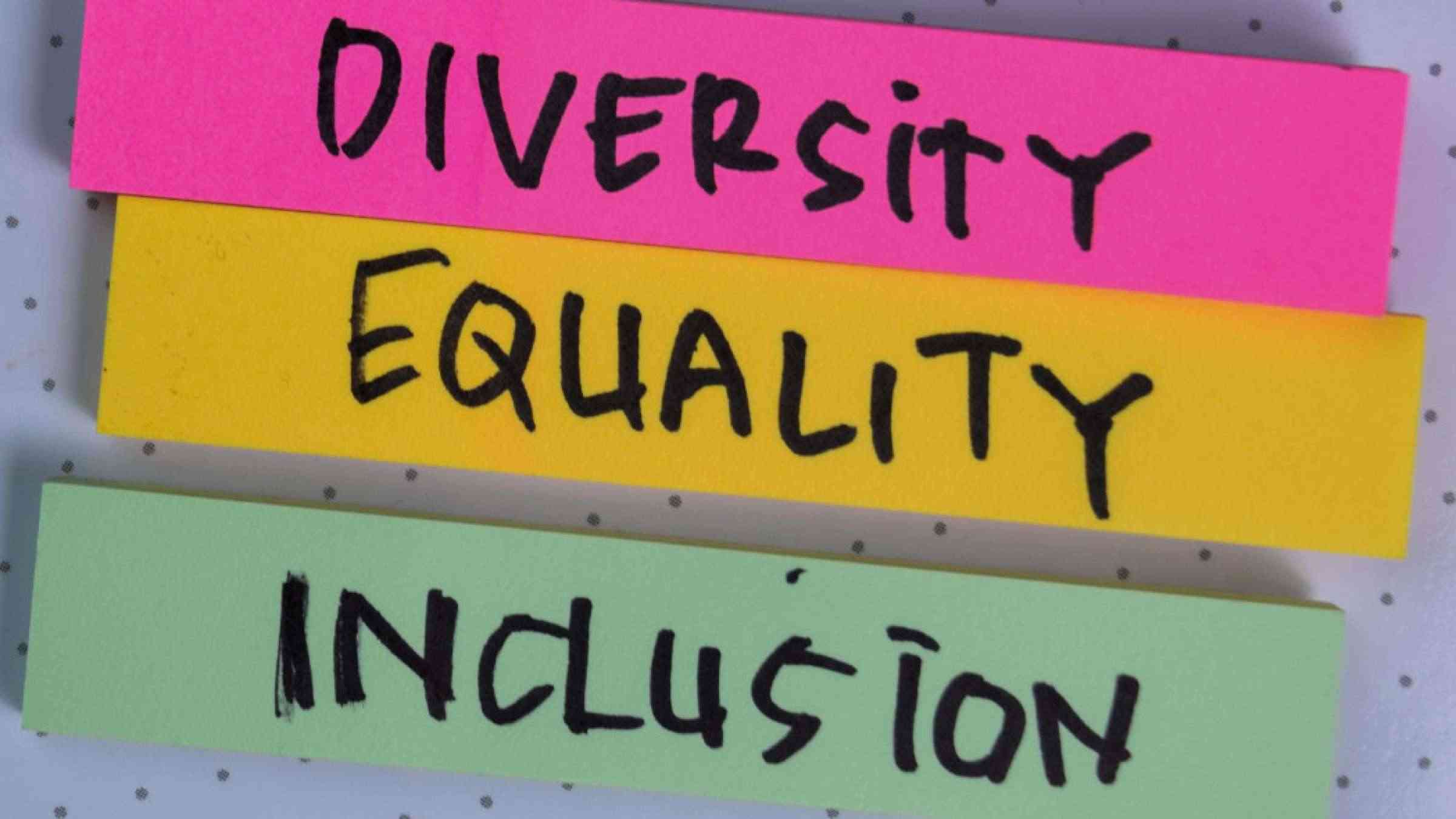
BIAS against women remains one of the most prominent obstacles to achieving global gender parity. Expressed mostly through social norms or discriminatory practices, gender bias is undermining women’s role as active members of society and key drivers of progress and prosperity in their countries.
Generally, gender biases manifest not only through the erosion of women’s rights or under-representation of women in leadership, but also accentuate the pre-existing vulnerabilities for women.
In sub-Saharan Africa, gender bias remains deep-seated in the socio-economic and political domains, threatening the hard-earned gains in gender equality. According to the World Economic Forum’s Global Gender Gap Report of 2023, sub-Saharan Africa ranks (68,2%) slightly below the global weighted average score (68,3%).
To close this gap, concerted effort is key and the region will take over a decade to achieve such.
The Global Gender Gap Index offer consistent annual data for assessment in benchmarking progress towards gender parity and compare countries’ gender gaps across four dimensions: Economic opportunities, education, health as well as political leadership.
While there is improvement in health and educational attainment variation scores, economic opportunities and political empowerment sub-indexes continue to lag behind. From analysis across the indicators, a fundamental source of gender inequality emanates from the under-representation of women on the labour market.
Zimbabwe has made notable improvement and recorded a steady increase in women employment in male-dominated industries. However energy, manufacturing and infrastructural sectors ranked the least in terms of percentage increase in the past year.
Construction, transporting, warehousing, journalism, aerospace engineering, architecture, information tech and firefighting are just a few examples of male-dominated professions. Women face increased harassment and discrimination in these male-dominated spaces. More so, male-dominated industries and occupations may reinforce harmful stereotypes and create unfavourable environments that make it difficult for women to excel.
- EOS data analytics provides technology for modernising agriculture
- Zim agric production remains low: WB
- Collateral registry and access to credit
- U.S. cuts off Burkina Faso from Africa duty-free trade program
Keep Reading
Other challenges faced by women working in these industries include societal expectations and beliefs that question women’s leadership and managerial abilities, pervasive stereotypes, lack of mentoring and career development opportunities, high levels of stress, anxiety, depression, low self-esteem and self-handicapping behaviours caused by feelings of “imposter syndrome”.
Despite these challenges, if supported African women are able to overcome and put their countries on track to achieving gender parity.
Achieving gender parity
Enforcement of formal policy: Within formal policies in most organisations, there is a disconnect between policy and its implementation across all levels. For some organisations, the intention of policies is diluted, their existence is not impactful and in most cases, does not filter down to lower levels. Formal policy intent needs to be matched with actual practices that are not just tokenistic.
Changing systemic sexism narratives that brew discrimination and shape social interactions: Informal patterns of everyday expression work to perpetuate gender biases, undermine women’s confidence and leave them feeling intimidated and apprehensive about following their career aspirations in these male-dominated industries.
Unconscious bias, narratives and social interaction work to exclude women and undermine realisation of gender parity. African communities are deeply embedded in patriarchy and if the region is serious about engaging in a drive for gender parity, entrenched masculine cultures must be challenged.
Engaging men to become gender equality ambassadors: Advancing girls and women in male-dominated industries requires the leadership, participation, commitment and allyship of men. In such cases, gender parity is achieved at a more accelerated rate when men begin to identify themselves as gender equality champions or change makers who commit to concrete actions, uphold women’s rights and realign gender norms that advance gender equality at home, in communities, and in the workplace.
Organisations’ leadership programme for best workplace practices: Clear enforcement, monitoring and evaluation of customised best practices framework, demand-driven coaching and a gender equity executive leadership programme aimed at building the capacity of leaders in implementing gender equality interventions that increase the professional participation of women and improve business performance. In such gender balance in management, diverse policies and quotas are promoted.
Transformational change and support necessary for women to step into leadership roles or achieve desired career progression: For women to progressively make inroads and break the glass ceiling into sectors that have traditionally been considered as the domain of men, there is need to create accessible and visible career pathways, provide networking support, activate mentoring opportunities, and address unconscious bias.
Informal organisational practices reinforce gendered structures of dominance, which privilege males and masculinity, normalise and naturalise their positions as leaders. Transformational interventions, such as mentoring, visibility, networking and role modelling are suggested strategies to assist women navigate masculine-dominated institutions and industries.
Knowledge impartation: Education and awareness is key in order to transform communities from preconceived ideas and stereotypes. Awareness campaigns are instrumental to reframe gendered structures and processes within organisations and communities.
Farai Nhekairo is a researcher, writer, entrepreneur and motivational speaker. She is the founder of Community Impact Solutions and director at EatOut Movement.







